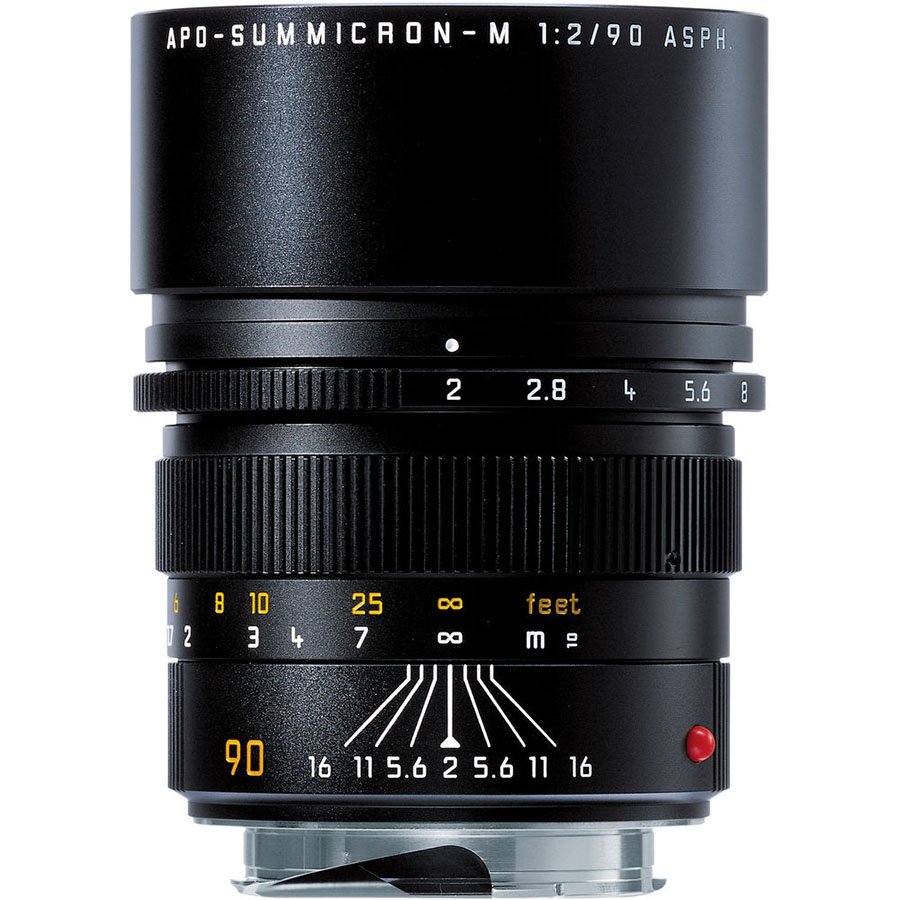One of Leica’s longest Summicron lens.
| Reasons to buy | Cons |
|---|---|
| + Telephoto + Sharp and fast + Beautiful Bokeh | – A bit large |
Technical data
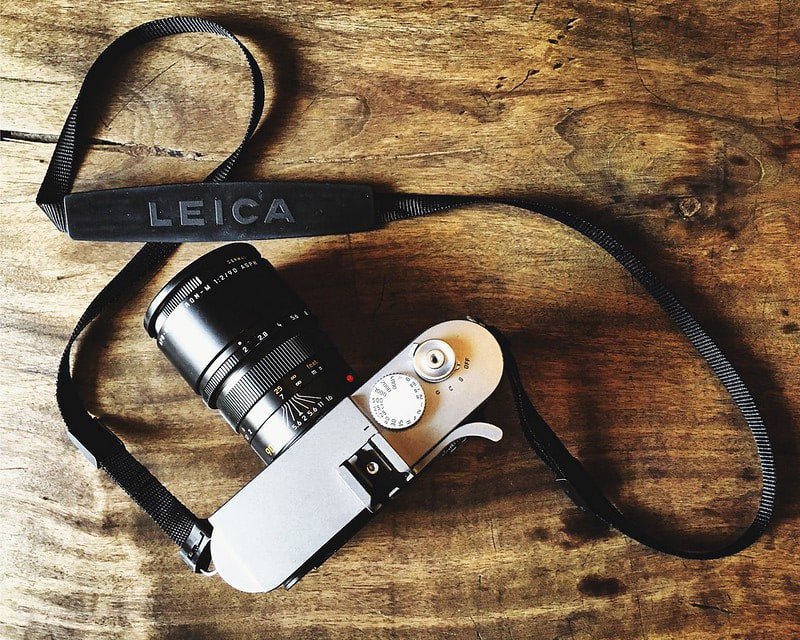
“Leica M9 and 90 Summicron APO ASPH” (CC BY-SA 2.0) by Bach Tran
For more specific information about the 90mm here it is below:
Specifications
| Information | Value |
|---|---|
| Angle of view (diagonal, horizontal, vertical) | 27° / 23° / 15° |
| Number of lenses/groups: | 5 / 5 |
| Focal length | 90.9mm |
| Position of entrance pupil: | 48.6mm |
| Focusing range | 1m – infinity |
| Scales | Combined meter/ feet increments |
| Smallest object field: | 2020 x 330mm |
| Largest reproduction ratio: | 1:9 |
| Setting/Function | Manual / Click-stops / half stops |
| Lowest value | 16 |
| Bayonet | M |
| Filter | E55 |
| Lens hood | Built-in, telescopic |
| Length | 78mm |
| Largest diameter | 64 mm |
| Weight | 500 g |
Lens design
This lens features no floating elements. What’s really impressive with the design is how little glasses there is in there. The design is simple with 5 glass elements with the aspherical element being in the front of the center of the lens.

MTF Charts
Here’s how the lens performs at different apertures
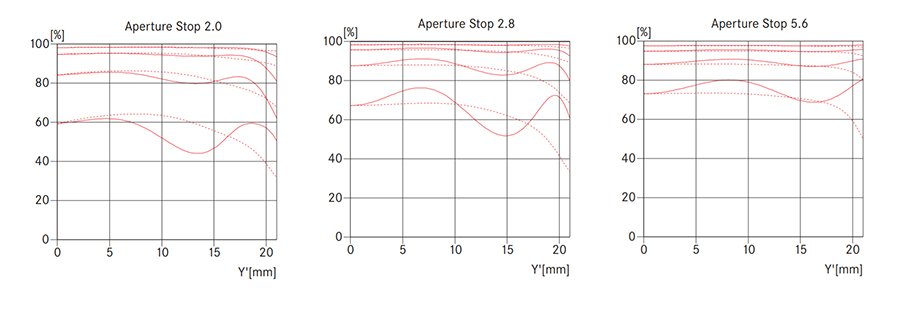
Image Samples
Below are some image samples of the Summicron 90mm f2. As you can see the images are more intimate than you would get with a wide angle.

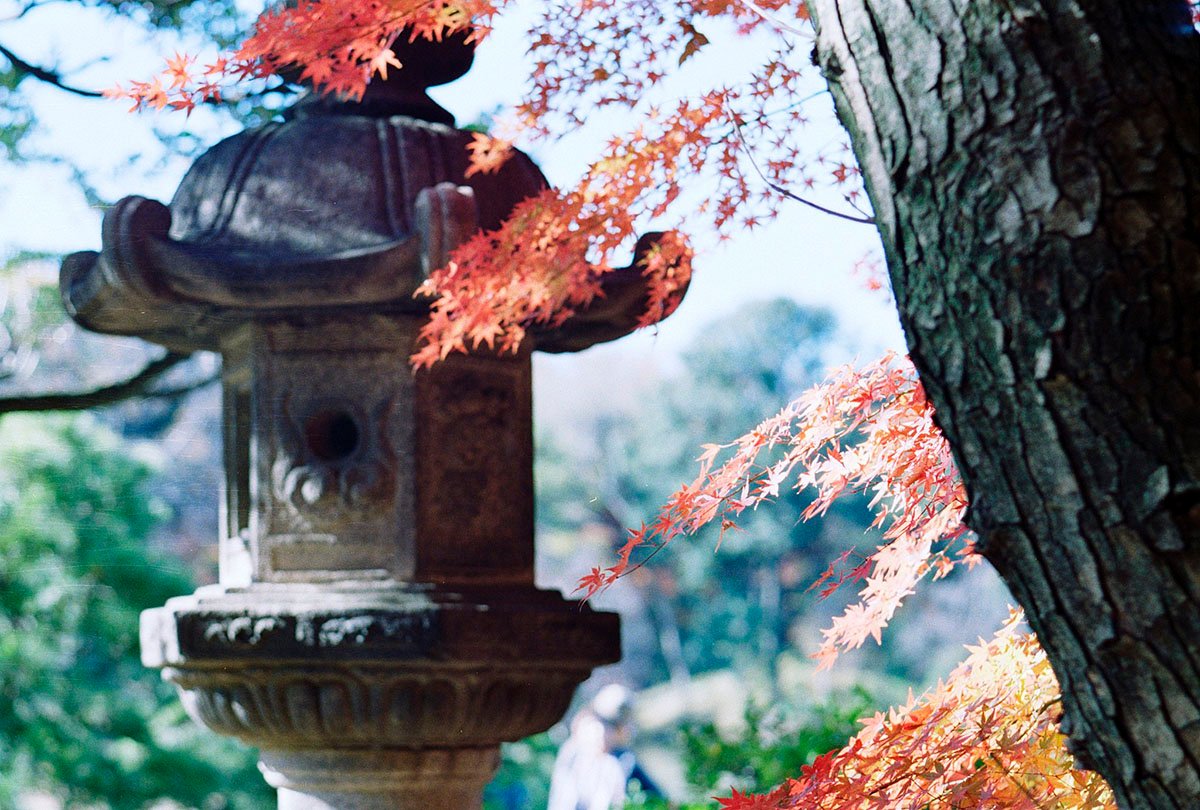
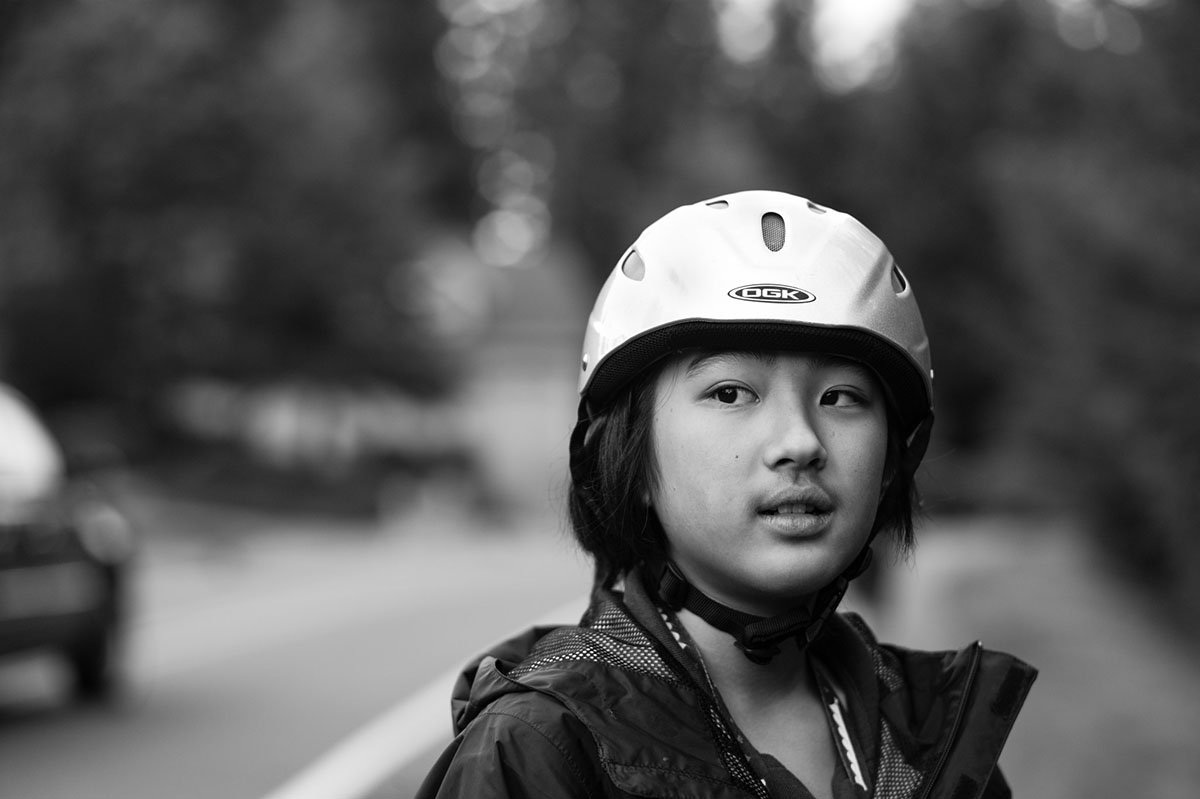
Using the Summicron 90mm f/2
How’s using the lens for different types of photography? Here I do a deep dive.
Landscape photography
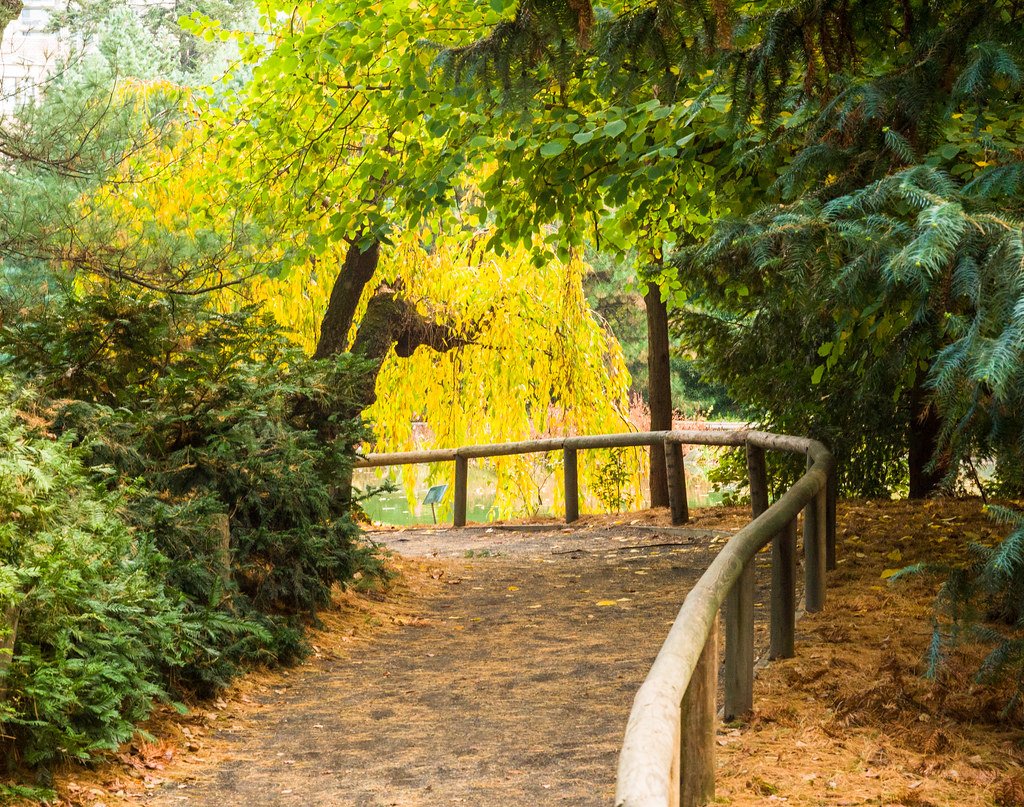
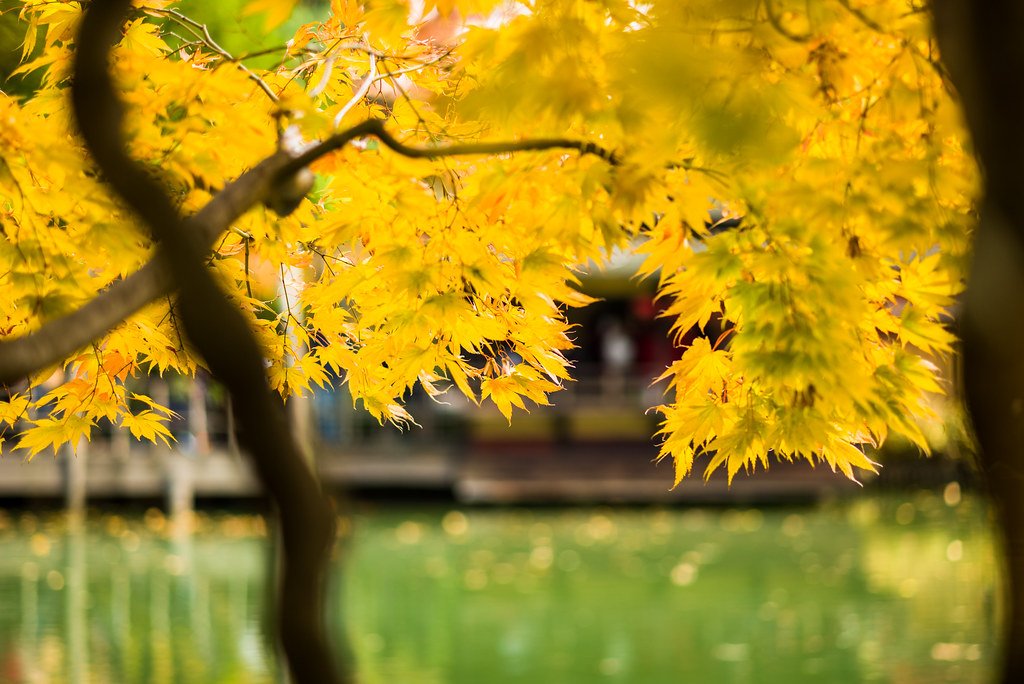
Except if you are really far from your landscape subject, this is not really a landscape lens. But to make the most of it you can really hone in on one little area and do detail shots. The wide open f2 comes handy here as it blurs the background into a creamy Bokeh. So while this won’t do strict landscapes, it is great for more general detailed and intimate nature shots.
Street photography & Travel photography
Both travel and street photography are usually done hours at a time, this lens is on the heavier side so for sure a bag is required. Don’t dangle this around your neck as the Leica M + this can be as heavy as 2.5 pounds.
It’s almost as heavy as the M body itself. Besides that, what’s not to love about this lens? This is excellent for street portraits and also shooting from the other side of the streets. So if you are a bit weary about shooting your subjects too close, this is one way to get close images without being close yourself.
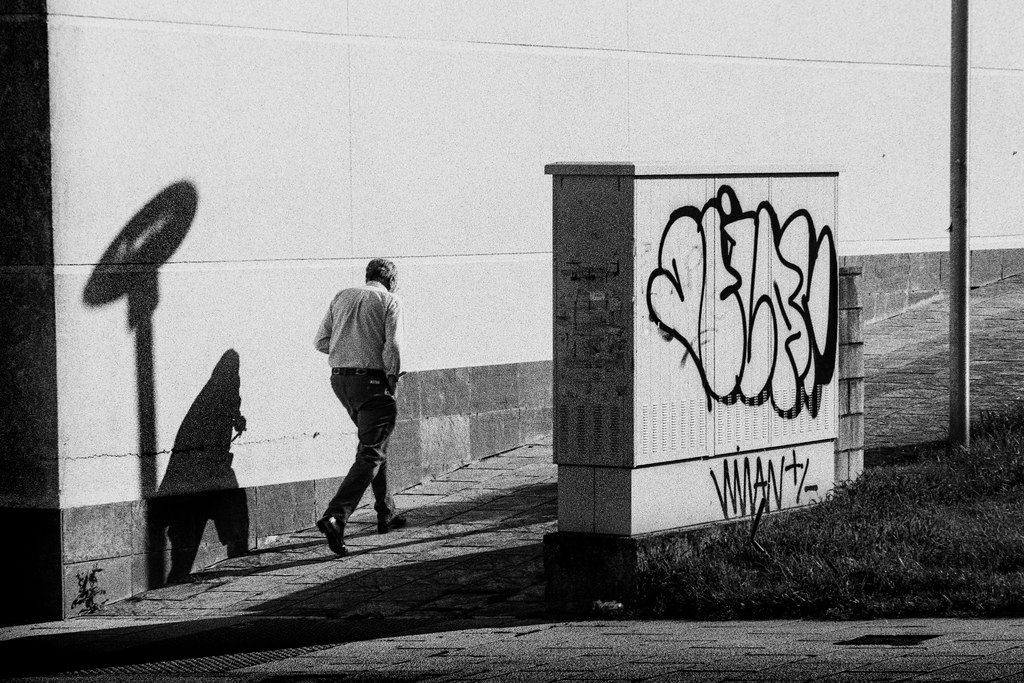

Portrait photography
But this lens comes alive when you use it for what is what meant for: Portraits. Whether in full daylight or at night, you can get some stunning Bokeh that make your portraits pop. What’s great with it is even when you miss your focus, the effect is pleasing as you can see with the photography below.

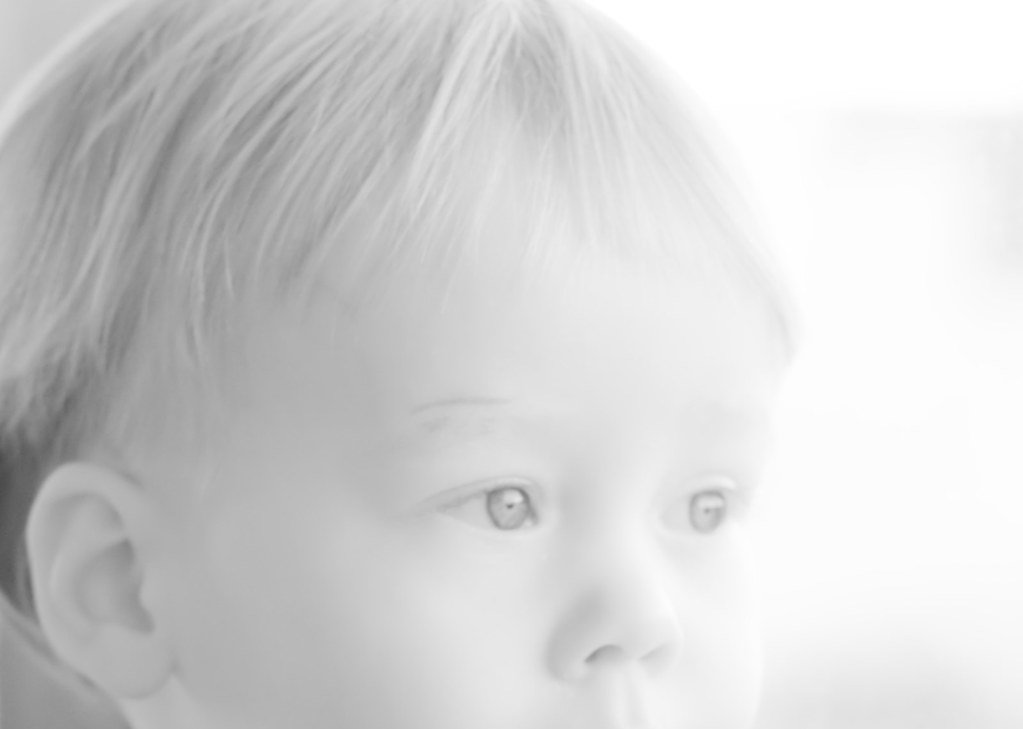
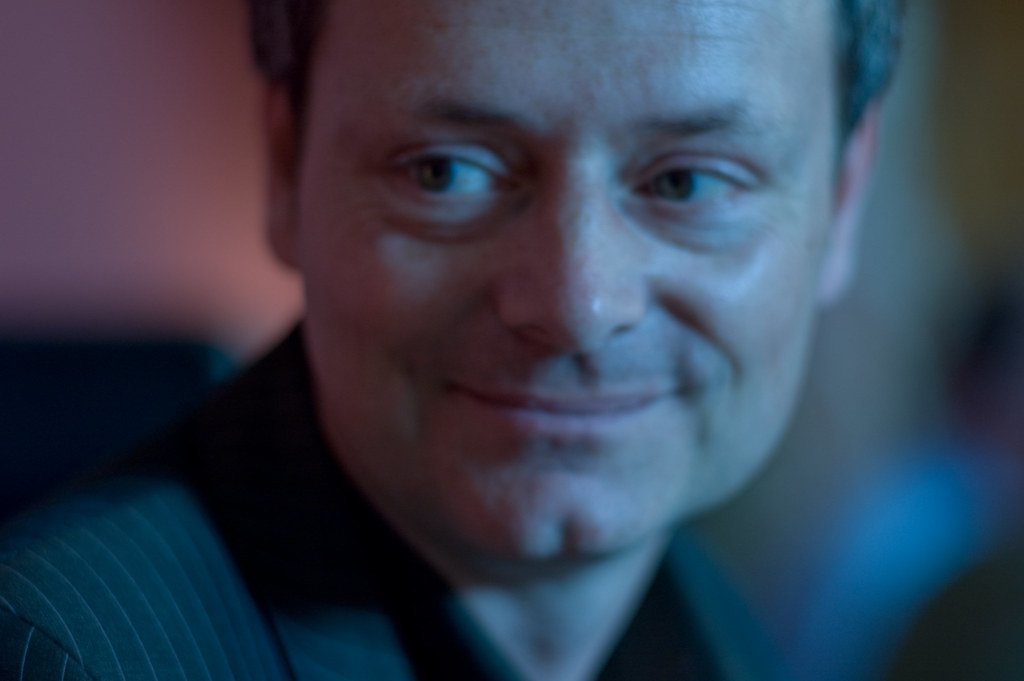
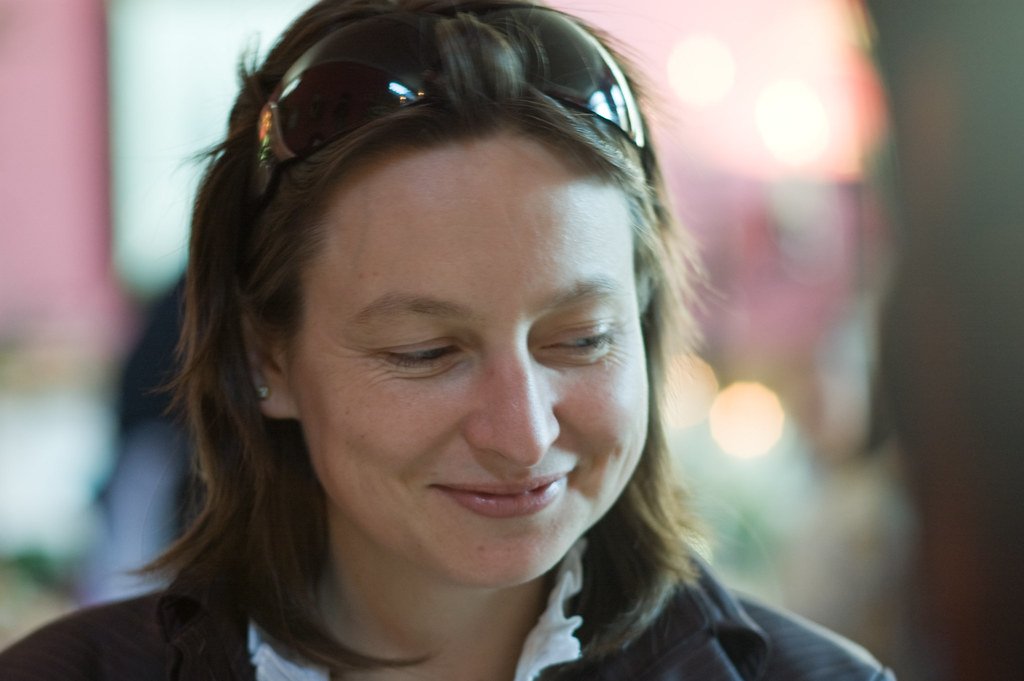

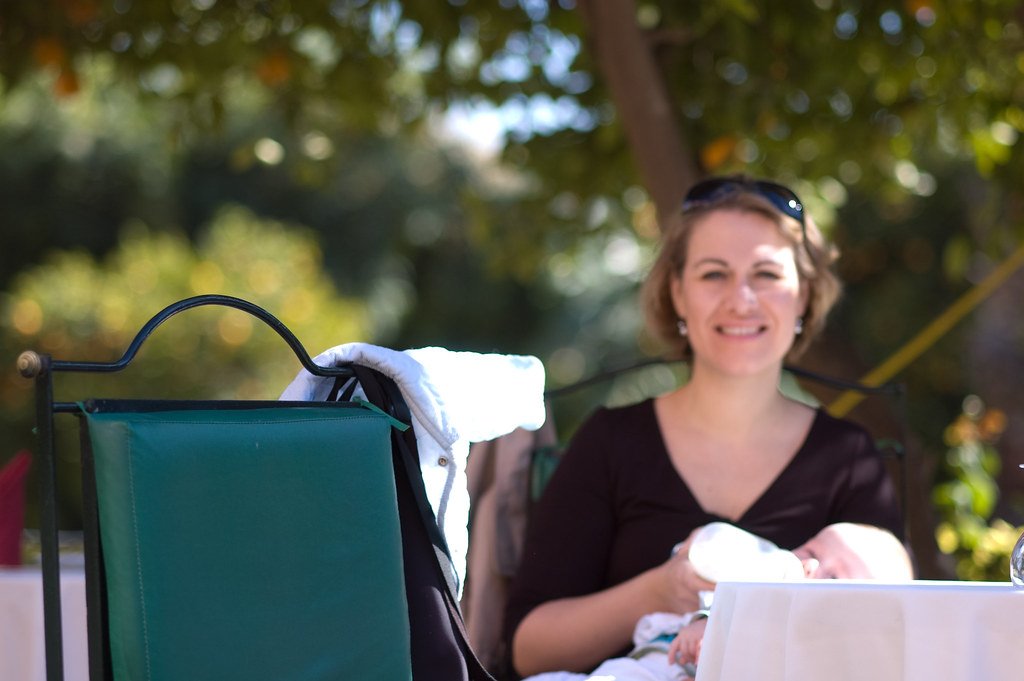
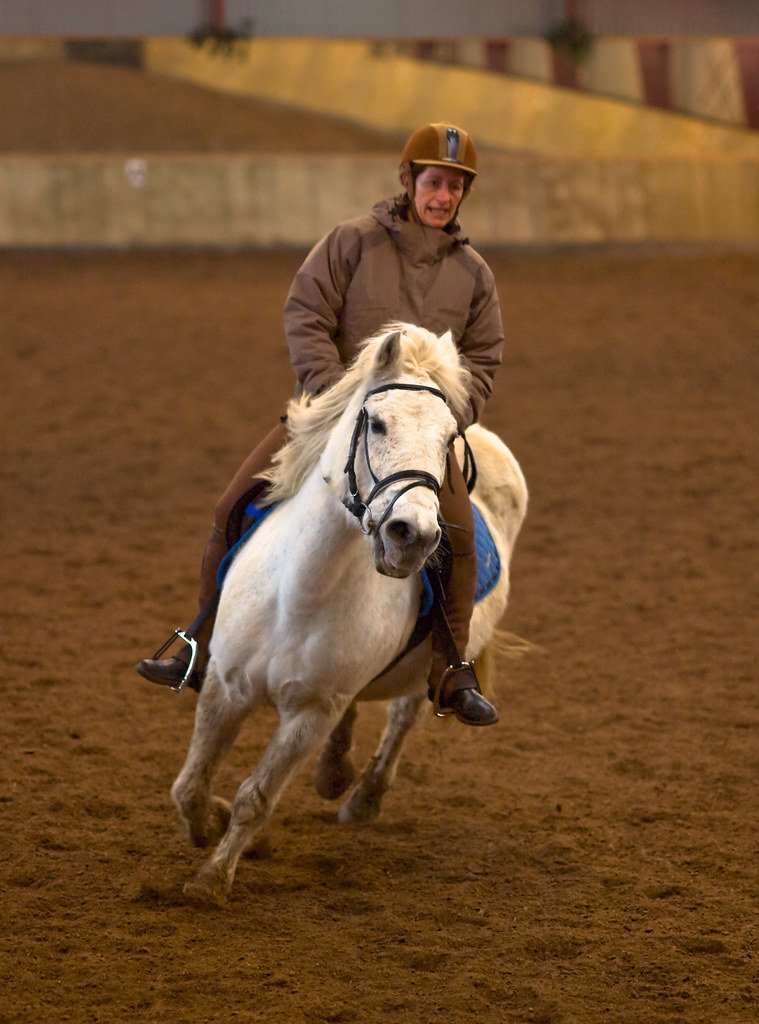
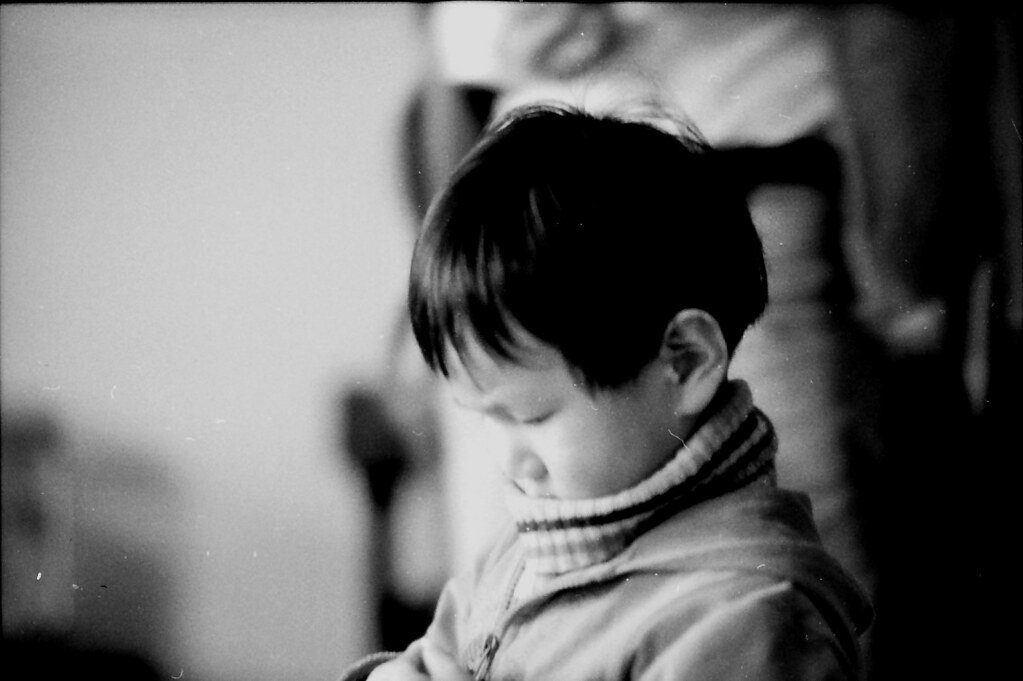
a showcase #1(CC BY-SA 2.0)Yong . L[2]
Slight scar(CC BY-SA 2.0)Lars Plougmann[3]
Lawrence – EPSN1954lr(CC BY-SA 2.0)Lars Plougmann[4]
Gisela – EPSN1972lr(CC BY-SA 2.0)Lars Plougmann[5]
Couple – EPSN1662lr(CC BY-SA 2.0)Lars Plougmann[6]
Lovely colours, but…(CC BY-SA 2.0)Lars Plougmann[7]
Signe with Gry – EPSN0553lr(CC BY-SA 2.0)Lars Plougmann[8]
Zhoupu Shanghai(CC BY-SA 2.0)Yong . L
Architecture photography
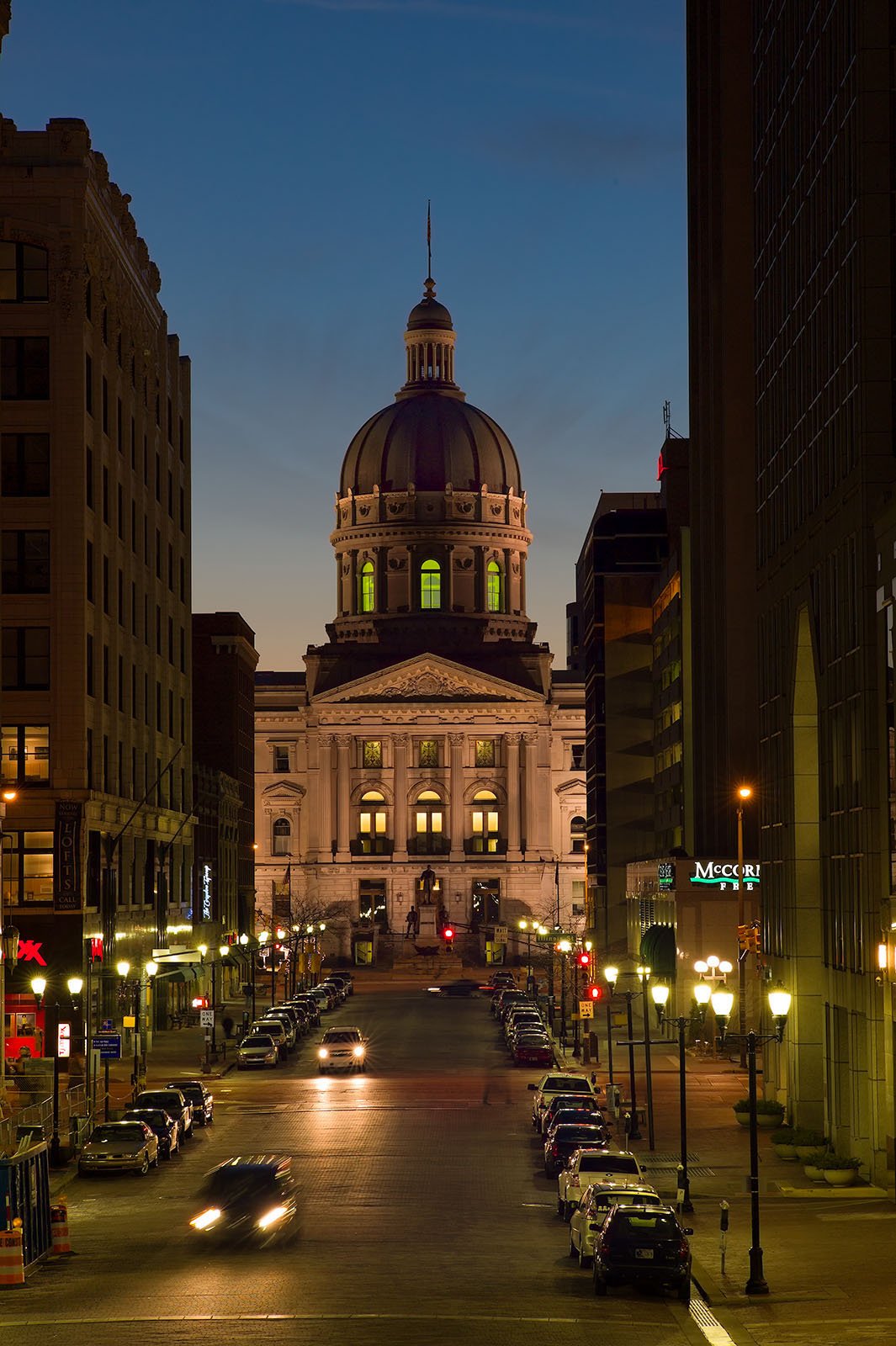
There’s two ways you can use this lens for architecture. The first is staying far away and then shooting your image, because this is a telephoto the perspective will be compressed and will give a peculiar effect that you simply won’t get with a wide angle.
The other way to use this for architecture is to focus on the details of the buildings you are shooting. You might also get some great shots at night because the f/2 aperture is usually fast enough for low light architecture when it is illumined by street lights.
Credits
More about Summicron series:
Leica lenses > Summicron lenses > 28 mm – 35mm – 50mm – 75mm – 90mm
